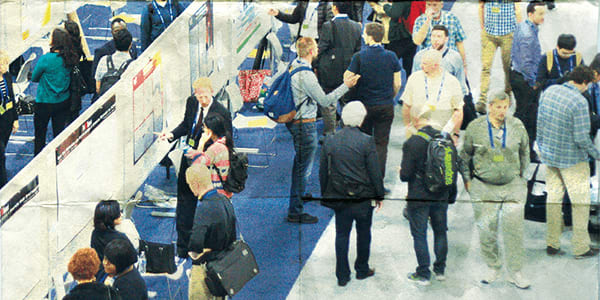Assessing the effect of formulation composition on spidroin charge and stability
March 24, 2016
1 min read

False
March 24, 2016
1 min read

March 24, 2016
1 min read

March 24, 2016
1 min read


March 15, 2016
Don your purple nitrile gloves and grab a swab or two, as we delve into the realities of crime scene investigation.
1 min read

March 15, 2016
Can sophisticated spectroscopic sensors streamline bioprocess monitoring to better meet FDA standards?
1 min read

March 14, 2016
Are poster sessions still relevant in 21st century scientific meetings or are they just filling time and space – and justifying the cost of sending students to events? Here, Deirdre Cabooter (HTC organizer), Greg Klunder (SciX organizer), Hamed Eghbali (HPLC organizer and judge), and grad student Cory Stiner make the case for laminated works of science.
1 min read

March 14, 2016
Sitting Down With... Waseem Asghar, winner of the 2016 Humanity in Science Awards and Assistant Professor, Department of Computer & Electrical Engineering and Computer Science, and Biological Sciences, Florida Atlantic University, USA.
1 min read

March 14, 2016
For over 50 years, we have been continually striving to push the limits of quantitation for dioxins. But where do we stand today – and what’s our next plan of attack?
1 min read

March 14, 2016
Protein samples need – and deserve – special treatment, if you expect the best results from your experiments.
1 min read

False
False
False